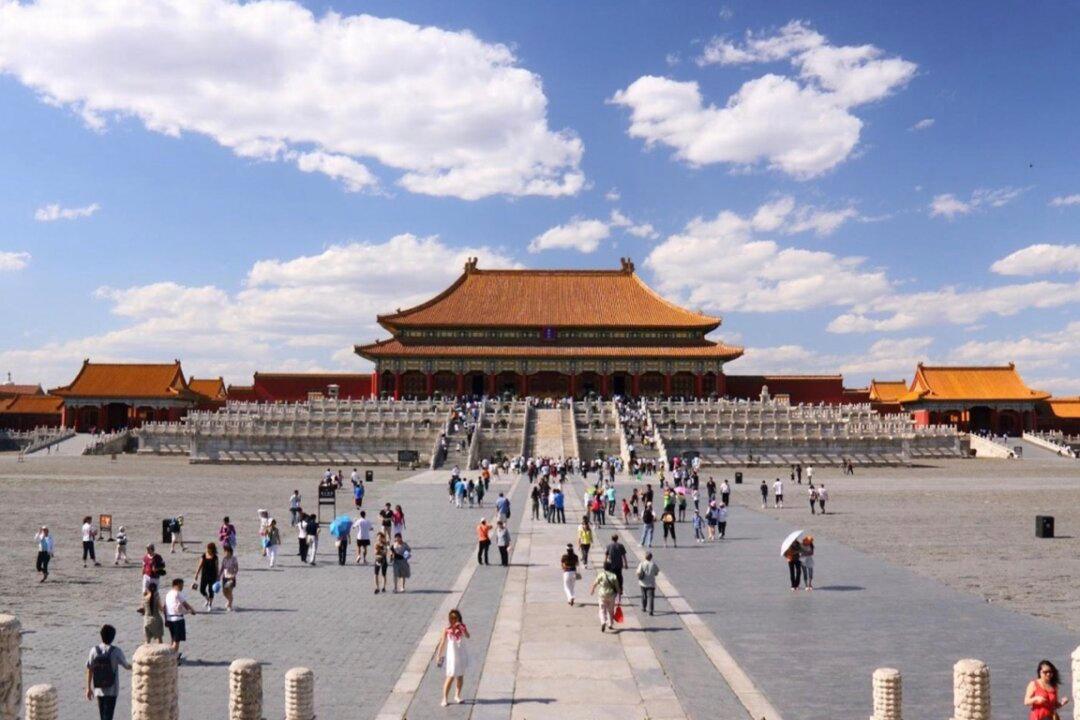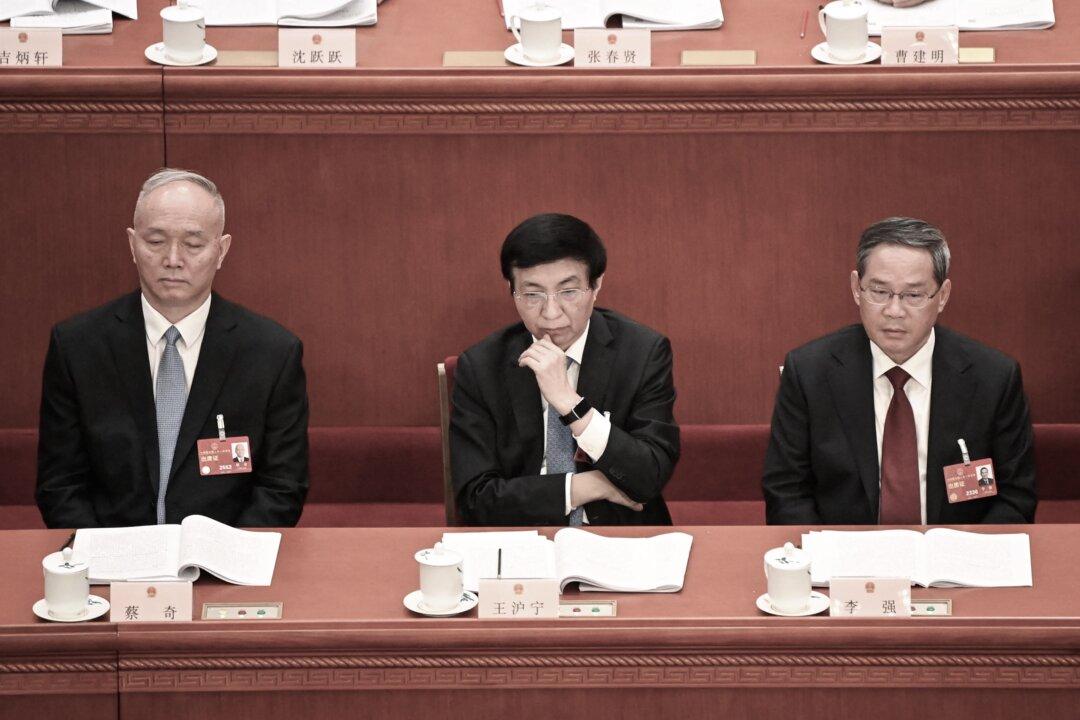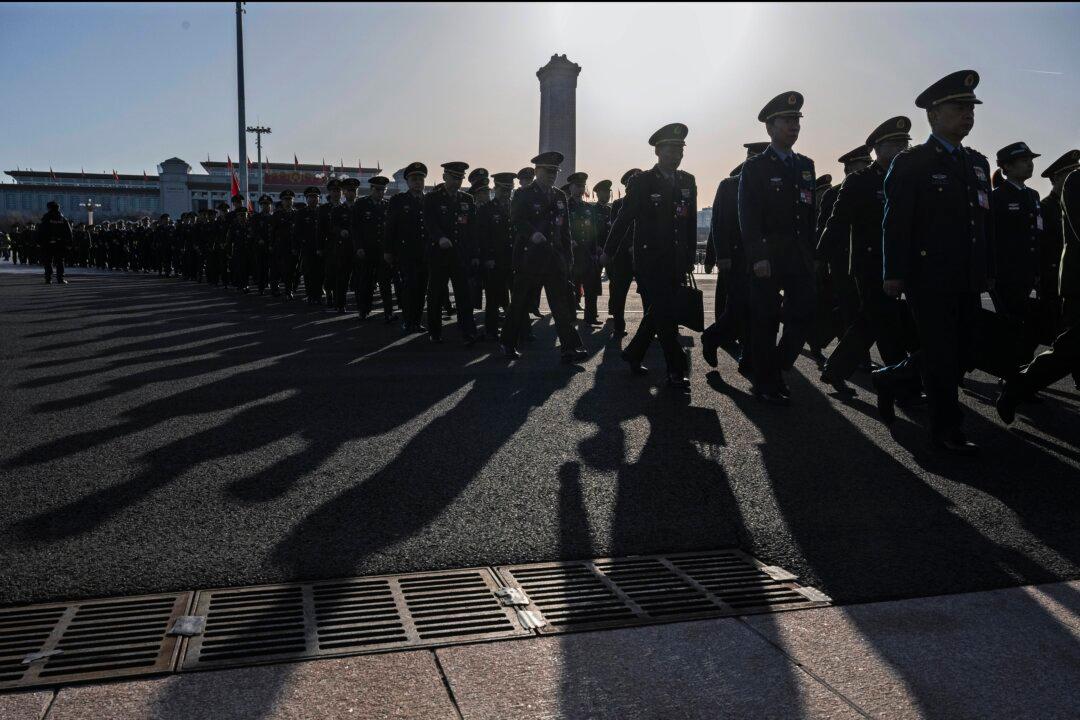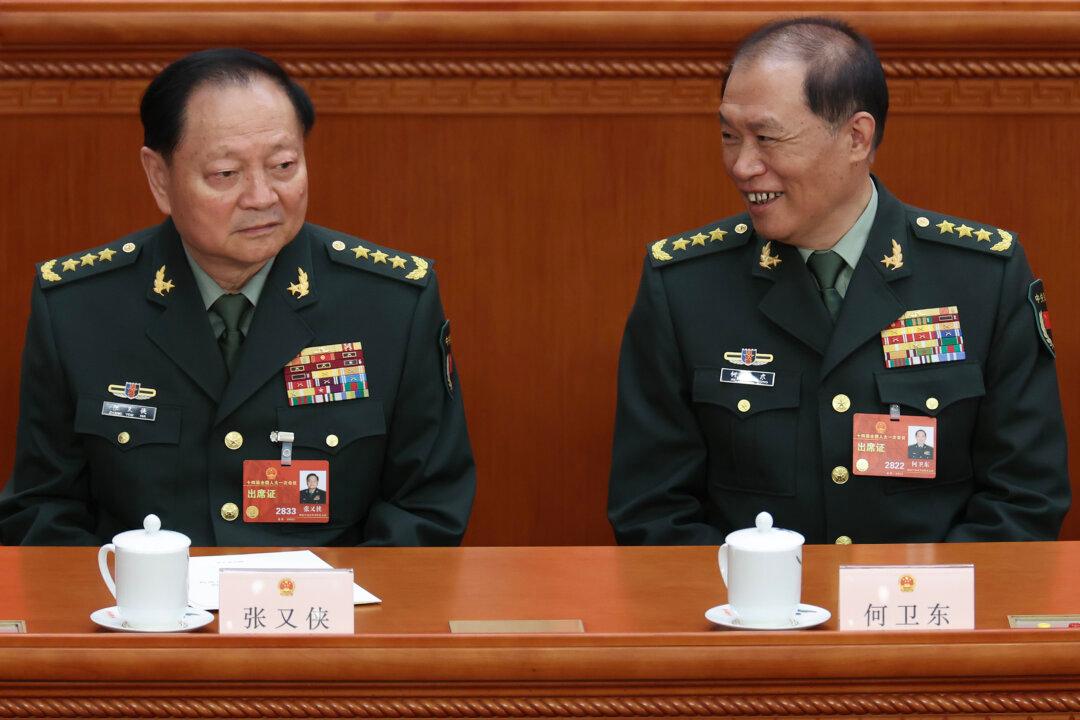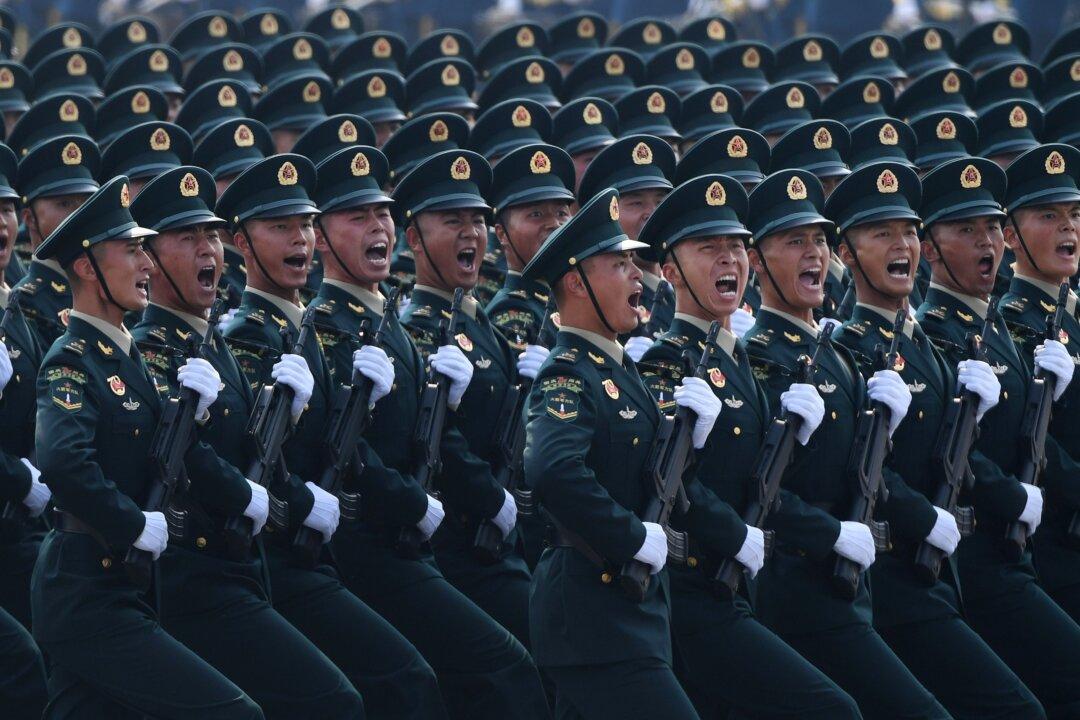Beijing recorded its heaviest rainfall in at least 140 years as the remnants of Typhoon Doksuri swept through northern China in recent weeks. Even the Forbidden City—Beijing’s ancient palace complex—which had not flooded in its 600 years of existence, was inundated.
The Beijing Meteorological Bureau reported a total of 744.8 millimeters (29.3 inches) of rainfall between July 29 to Aug. 2.
